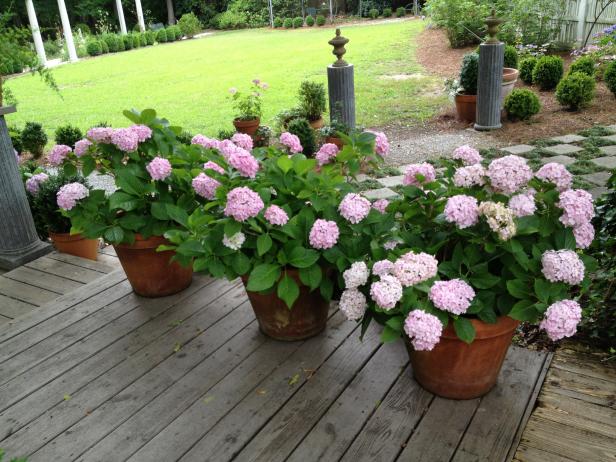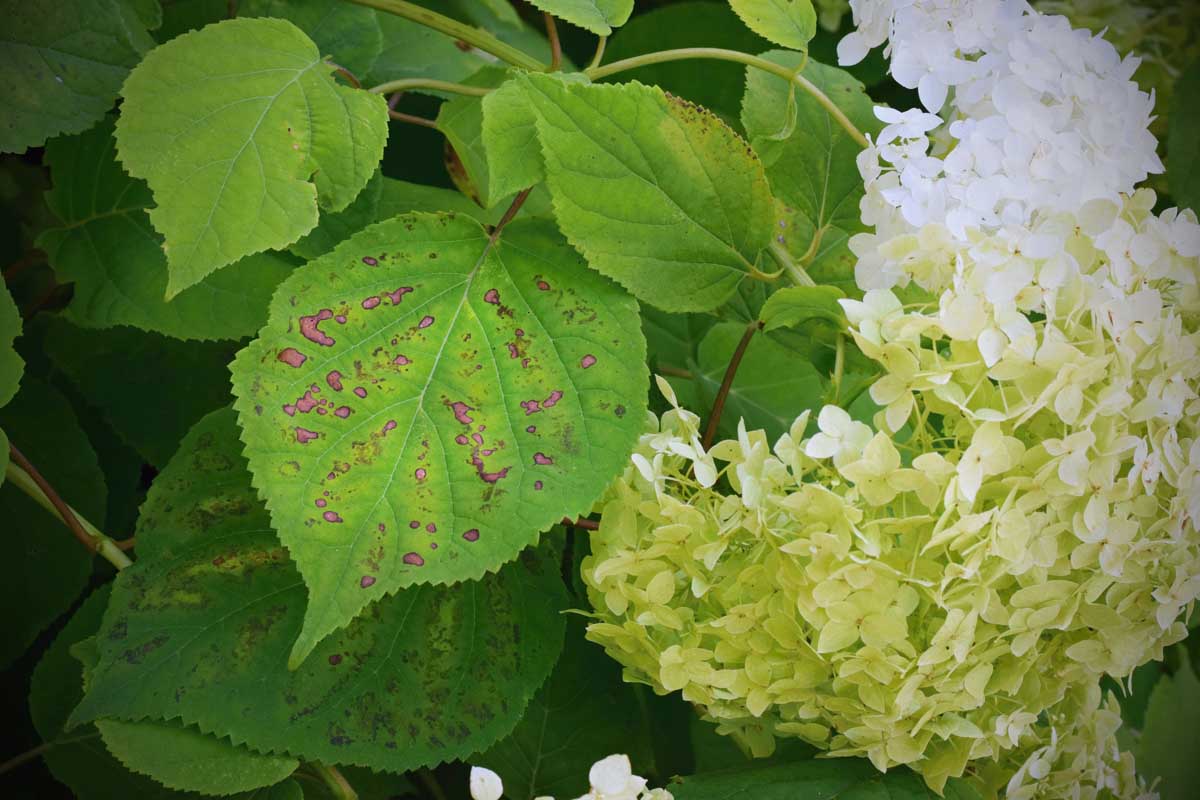Growing Hydrangeas: The Ultimate Guide
Growing Hydrangeas: The Ultimate Guide
Hydrangeas are beautiful, versatile shrubs that can add a touch of elegance to any garden. They come in a wide variety of colors, from white to pink to blue, and can be grown in a variety of conditions. If you're thinking about adding hydrangeas to your garden, here is an ultimate guide to help you get started.
Introduction
Hydrangeas are native to Asia and North America. They are members of the Hydrangeaceae family, which also includes blueberries and camellias. There are over 70 species of hydrangeas, and they come in a variety of shapes and sizes. Some hydrangeas are small shrubs, while others can grow to be large trees.
Hydrangeas are known for their beautiful flowers. The flowers can be round, conical, or flat-topped. They can also be single or double-flowered. The color of the flowers can vary depending on the type of hydrangea and the soil pH. For example, hydrangeas that grow in acidic soil will typically have blue flowers, while those that grow in alkaline soil will typically have pink flowers.
Choosing the Right Hydrangea for Your Garden
There are many different types of hydrangeas to choose from, so it's important to do your research to find the right one for your garden. Some factors to consider include:
- Size: How much space do you have? Some hydrangeas can grow to be very large, so it's important to choose a variety that will fit in your garden.
- Sun exposure: Hydrangeas need some sunlight to flower, but they don't like to be in direct sunlight all day long. Choose a spot that gets morning sun and afternoon shade.
- Soil pH: Hydrangeas' flower color is affected by soil pH. If you want blue flowers, plant your hydrangeas in acidic soil (pH 5.5-6.5). If you want pink flowers, plant them in alkaline soil (pH 7-7.5).
Once you've considered these factors, you can start shopping for hydrangeas. You can find them at most garden centers and online retailers.
Planting Hydrangeas
The best time to plant hydrangeas is in the spring or fall. When planting, dig a hole that is twice as wide and as deep as the root ball of the hydrangea. Amend the soil with compost or other organic matter. Place the hydrangea in the hole and backfill with soil, tamping it down gently. Water the hydrangea well.
Caring for Hydrangeas
Hydrangeas are relatively easy to care for. They need regular watering, especially during hot, dry weather. Mulch around the plants to help retain moisture and suppress weeds. Fertilize hydrangeas in the spring with a balanced fertilizer.
Hydrangeas may need to be pruned in the spring or fall. Pruning helps to control the size of the plant and encourage new growth. If you want to change the color of your hydrangea flowers, you can prune them in the spring. For example, if you have a hydrangea that is currently blooming pink, you can prune it back to about 6 inches above the ground. This will encourage new growth, which will be blue in color.
Pests and Diseases
Hydrangeas are susceptible to a few pests and diseases, but they are generally quite healthy plants. Some common pests include aphids, scale, and Japanese beetles. Some common diseases include leaf spot, powdery mildew, and verticillium wilt. If you notice any problems with your hydrangeas, consult with a garden expert for treatment recommendations.
Enjoying Your Hydrangeas
Hydrangeas are beautiful plants that can add a touch of elegance to any garden. With proper care, they will thrive for many years to come. Soak up the beauty of their flowers and enjoy the many benefits of having hydrangeas in your garden.
Hydrangeas are beautiful flowering shrubs that can add a touch of elegance to any garden. But growing hydrangeas can be tricky, if you don't know what you're doing. That's why I recommend visiting for more information.
is a comprehensive resource for everything you need to know about growing hydrangeas. From choosing the right variety for your climate to planting and caring for your plants, has it all.
In addition to its detailed articles, also offers a wealth of helpful resources, such as:
- A hydrangea planting calculator
- A hydrangea care checklist
- A hydrangea troubleshooting guide
Whether you're a beginner or a seasoned gardener, is the perfect place to learn everything you need to know about growing hydrangeas.
Image of growing hydrangeas
5 different images of growing hydrangeas from Pinterest:





Post a Comment for "Growing Hydrangeas: The Ultimate Guide"